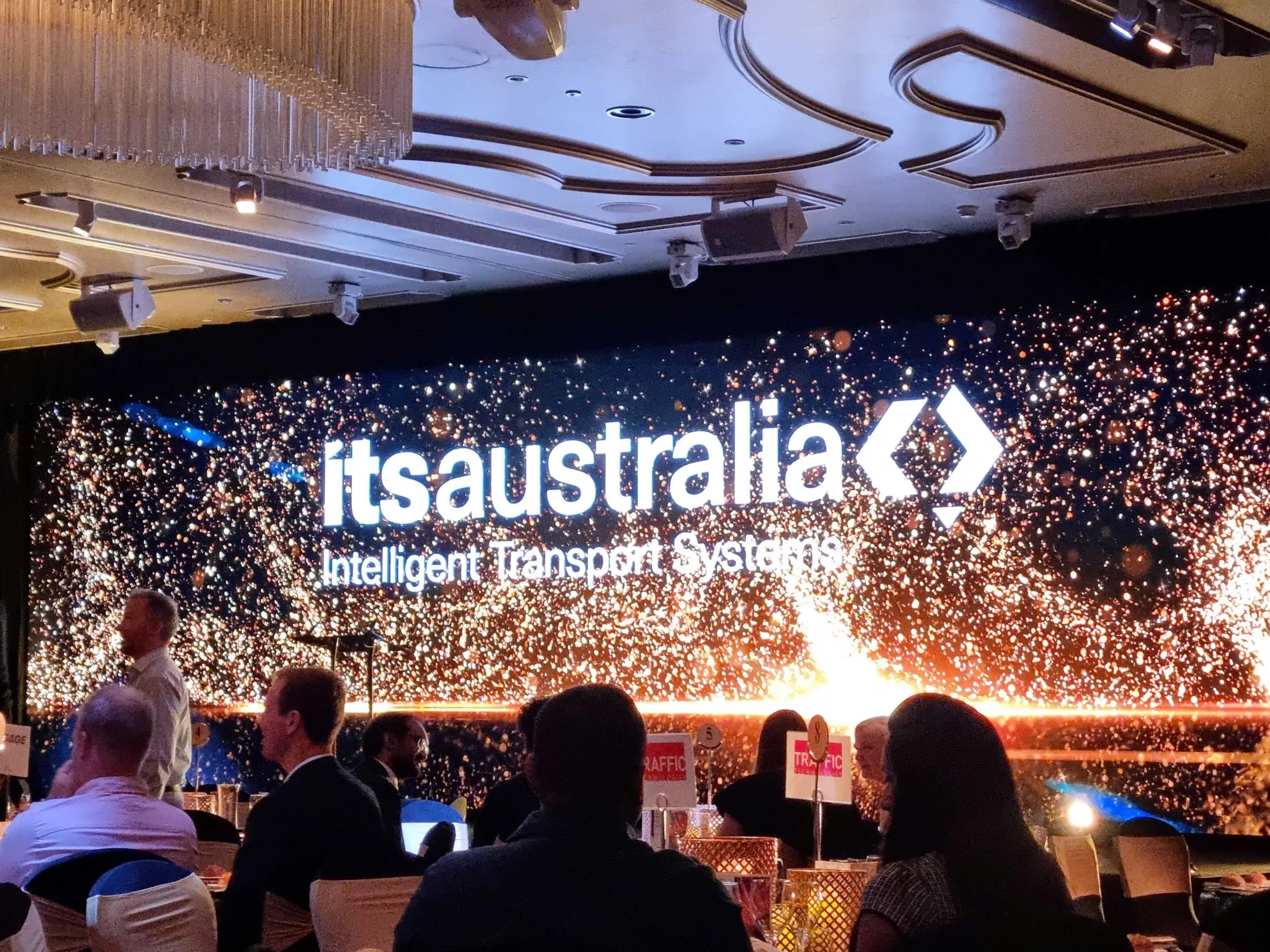Mobility company
SkedGo says its mobility platform can combine all public, commercial and private transport modes into smart trip chains, with priority settings for time, carbon and money.
Fluidtime’s mobility solution, Fluidhub, is aimed at helping cities and public transport companies install and operate integrated mobility services.
Speaking to
“The major benefits for us is that we are leveraging capabilities that would take longer and be more expensive to produce,” he continued. “For customers, it’s affordable and vast, and we can get them to market very quickly.”
Nuutinen claimed that smart to medium-sized enterprises are currently looking to get more competitive as the market is starting to catch up with the technology.
“We think customers are getting more comfortable with MaaS and the industries that are being disrupted are starting to participate in this as well as they don't see any other alternative,” he concluded.
Skedgo partners with Fluidtime to broaden MaaS offering
Mobility company Skedgo has partnered with software firm Fluidtime to expand its Mobility as a Service (MaaS) offering.
SkedGo says its mobility platform can combine all public, commercial and private transport modes into smart trip chains, with priority settings for time, carbon and money.
Fluidtime’s mobility solution, Fluidhub, is aimed at helping cities and public transport companies install and operate integrated mobility services.
Speaking to ITS International, John Nuutinen, SkedGo's chief busin
June 10, 2019
Read time: 2 mins










